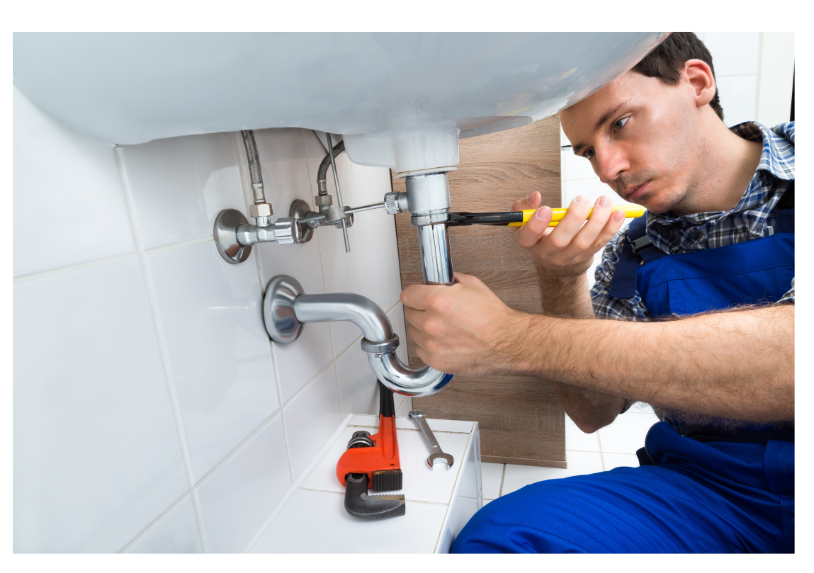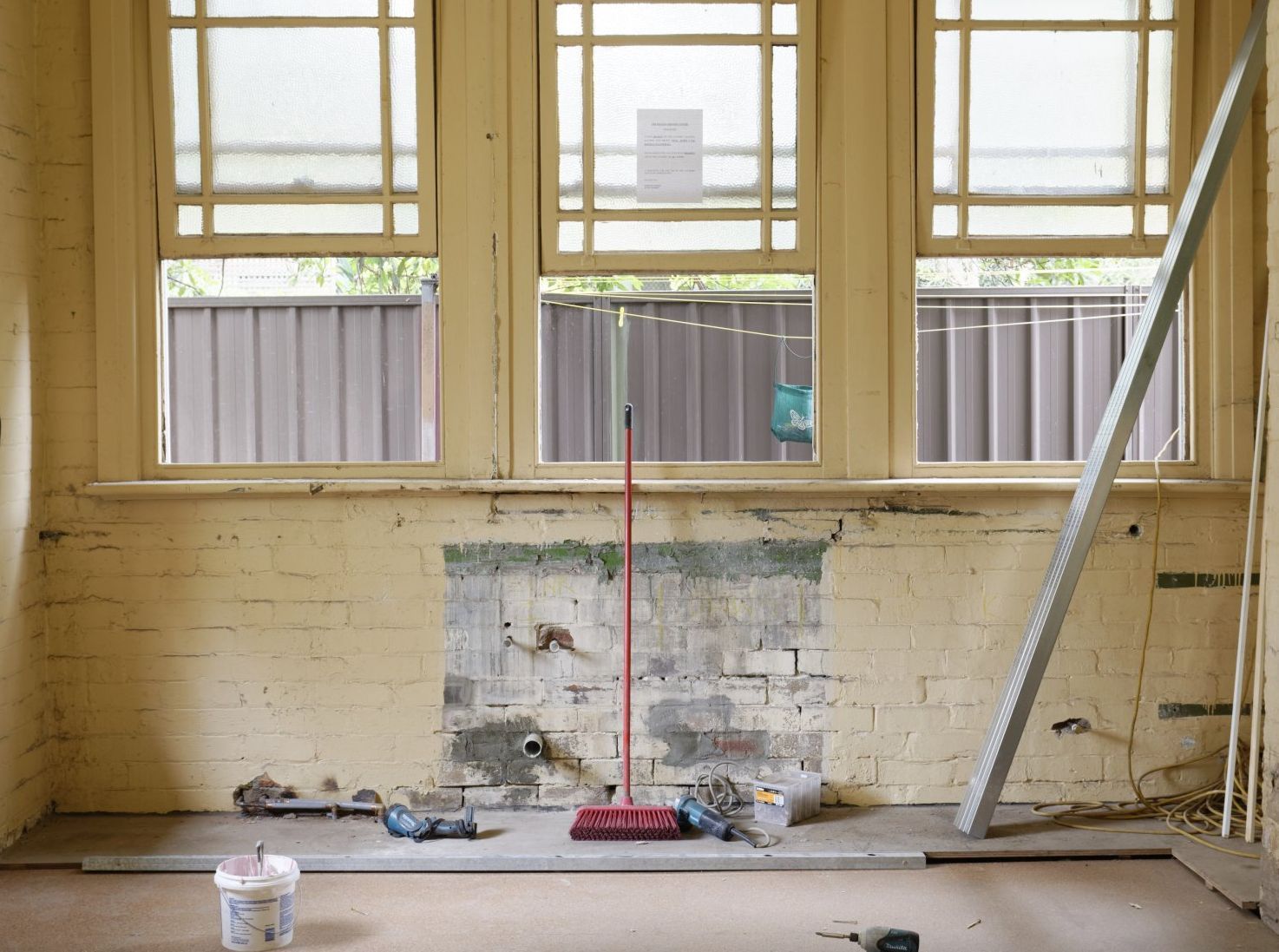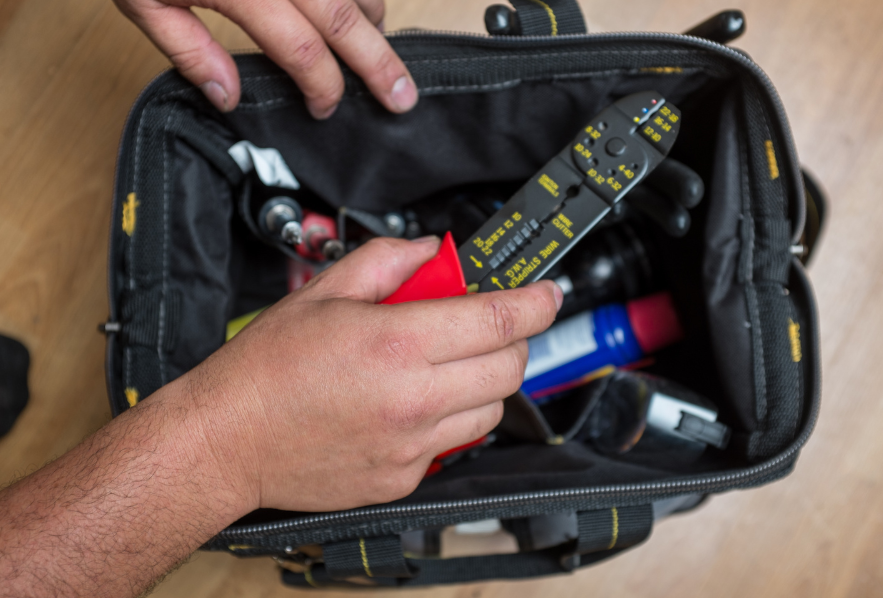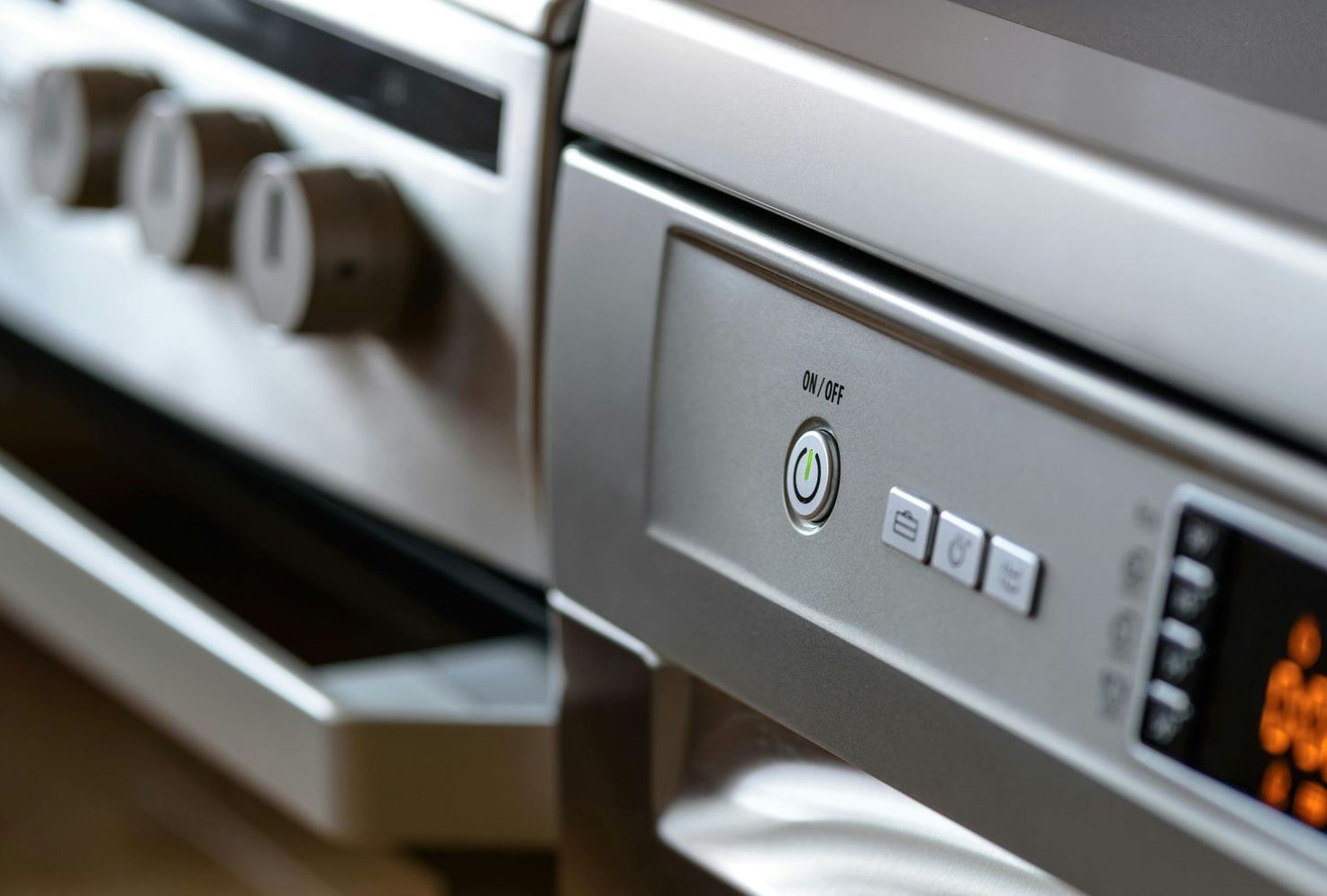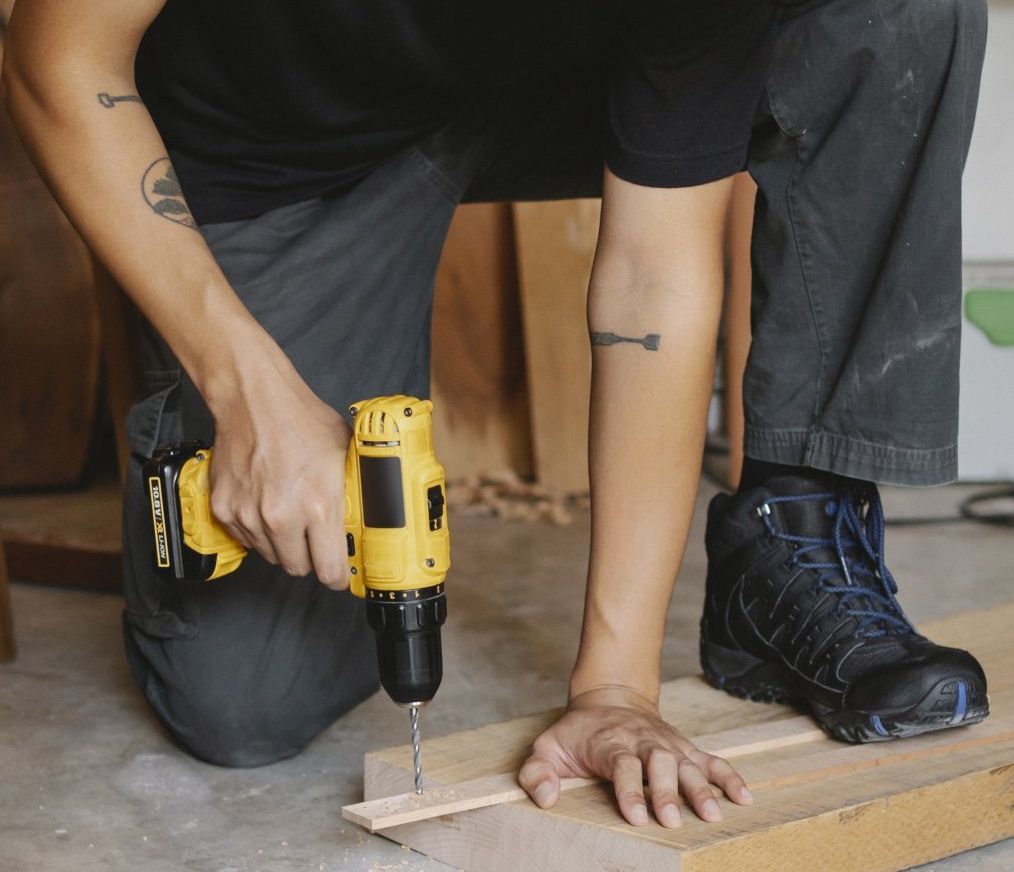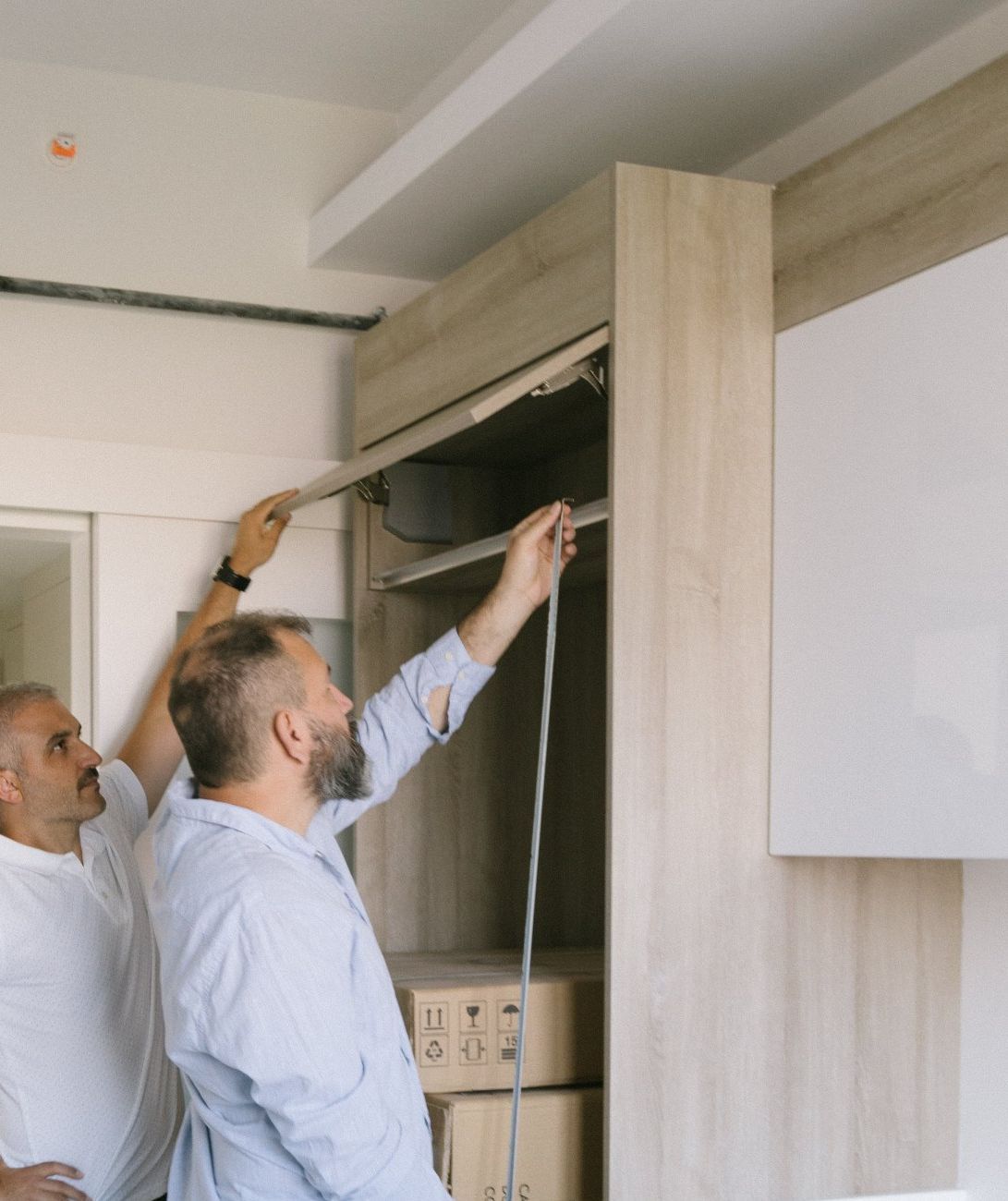The Ultimate Handyman Checklist for Regular Home Maintenance
A Comprehensive Guide to Yearly, Seasonal, and Monthly Tasks
When it comes to homeownership, staying on top of maintenance is one of the most important (and sometimes overlooked) responsibilities. Whether you're trying to keep your home in peak condition or avoid costly repairs down the line, regular upkeep is a must. Think of it like maintaining a car—if you neglect regular oil changes, sooner or later, you’ll end up with a hefty repair bill. Homes work the same way.
But don't worry. Armed with this ultimate handyman checklist, you can tackle your home’s maintenance needs head-on, without feeling overwhelmed. I’ve broken everything down into three categories: monthly, seasonal, and yearly tasks, so you’ll know what to focus on and when. Let’s dive in.
Monthly Maintenance Tasks
By knocking out these easy monthly tasks, you’ll ensure your home runs smoothly and avoid small issues snowballing into bigger problems.
1. Inspect HVAC Filters
It’s easy to overlook your HVAC system, but changing out the air filter every 30 days (or every 3 months if you’re using high-quality filters) can improve air quality and increase your system’s lifespan. Dusty or clogged filters force your system to work harder, reducing efficiency and upping your energy bills.
2. Clean Kitchen Exhaust Fans & Range Hoods
Grease and dust build up on your kitchen exhaust fan and range hood over time, making it less effective at clearing the air. Wipe down the hood and clean or replace the filter to keep the air in your kitchen free from smoke, odors, and greasy residue.
3. Check for Leaks
Give your sinks, toilets, and any exposed pipes a quick check for leaks. Even small drips can add up to big water bills and potential water damage if left unchecked.
4. Test Smoke and Carbon Monoxide Detectors
Test these lifesaving devices once a month to ensure they're in good working order. Change out batteries if needed—it's a simple step that can literally save lives.
5. Examine Grout and Caulking
In your kitchen and bathroom, grout and caulking can crack or wear away over time. Regularly check and repair any areas that need it to prevent water damage or mold growth.
Seasonal Maintenance Tasks
Depending on where you live, the changing seasons bring new challenges for your home. From prepping for cold winter months to keeping everything cool and efficient in the summer, these seasonal tasks help keep your house in prime condition.
Spring
1. Clean Gutters and Downspouts
After winter, gutters can be filled with leaves, dirt, and other debris. Clogged gutters cause water to overflow, potentially leading to water damage and foundation issues. Make sure they’re clean and properly draining.
2. Inspect Roof and Siding
Winter weather can wreak havoc on your roof and siding. Look for loose or missing shingles, damaged flashing, or areas where siding may have shifted or cracked. This simple inspection can save you from leaks down the road.
3. Service Your Air Conditioner
Before the heat hits, make sure your air conditioning system is ready for action. Clean the condenser coils, remove any debris, and consider getting a professional HVAC tune-up.
4. Pressure Wash Your Deck and Siding
Spring is the perfect time to give your home’s exterior a good cleaning. A pressure washer can help remove dirt, mildew, and grime from your deck, siding, and even driveways.
5. Lawn Equipment Maintenance
Before your lawn starts growing in full force, give your mower and other equipment a tune-up. Change the oil, replace air filters, and sharpen blades for a smoother, healthier cut.
Summer
1. Check Windows and Doors for Leaks
During the hottest months, your A/C works hard to keep your home cool. Make sure it’s not fighting against leaks. Check seals around windows and doors, and add caulking or weather stripping where necessary to prevent air from escaping.
2. Clean and Maintain Outdoor Grills
Summer is prime grilling time. Before you fire up that BBQ, check for any grease buildup or blockages, clean out burner tubes, and make sure everything is in safe working order.
3. Inspect Your Driveway and Walkways
Summer is an excellent time to check for cracks in your driveway, sidewalks, or patio. Catching these small cracks early can prevent them from spreading and leading to bigger issues.
Fall
1. Service the Furnace
Before the cold weather sets in, have your furnace inspected and cleaned. Change the filter, check belts, and make sure it’s running efficiently to keep your home warm all winter long.
2. Clean Chimneys and Fireplaces
If you have a fireplace, fall is the time to ensure it’s ready for use. Hire a professional chimney sweep to clear out any soot or blockages, and inspect the firebox for cracks or damage.
3. Drain and Store Garden Hoses
As temperatures drop, you’ll want to avoid frozen or burst hoses. Drain and store them, and shut off outdoor faucets to prevent freezing.
Winter
1. Check for Ice Dams
If you live in a snowy climate, ice dams can form along your roofline. They prevent proper drainage and can cause significant damage to your roof and attic. Use a roof rake to remove excess snow, or install heating cables to prevent ice buildup.
2. Reverse Ceiling Fans
By switching your ceiling fans to rotate clockwise, you’ll help push warm air down into the room, improving heating efficiency.
3. Insulate Pipes
Frozen pipes can cause major damage. Wrap exposed pipes with insulation to keep them from freezing and bursting during the coldest months.
Yearly Maintenance Tasks
Once a year, it’s worth scheduling some time to tackle these bigger tasks that help maintain your home’s long-term health:
1. Drain Your Water Heater
Sediment builds up in your water heater over time, reducing its efficiency and potentially leading to costly repairs. Flushing it once a year ensures it runs smoothly and lasts longer.
2. Deep Clean Carpets
Vacuuming is great for everyday care, but an annual deep clean helps remove dirt, dust, and allergens that settle deep into the carpet fibers.
3. Check Your Home’s Foundation
Walk around your home and look for any signs of cracking or shifting. Catching foundation problems early can save you from serious structural damage.
4. Inspect Septic Systems
If your home has a septic system, schedule a professional inspection to ensure everything is functioning properly. This prevents backups and costly repairs.
By keeping up with these monthly, seasonal, and yearly tasks, you can rest easy knowing your home is in good shape. Regular maintenance may seem like a chore, but it’s a small investment that pays off by keeping your home safe, efficient, and free from major repairs. Grab your toolbox, check off these tasks, and enjoy the peace of mind that comes with a well-maintained home!
